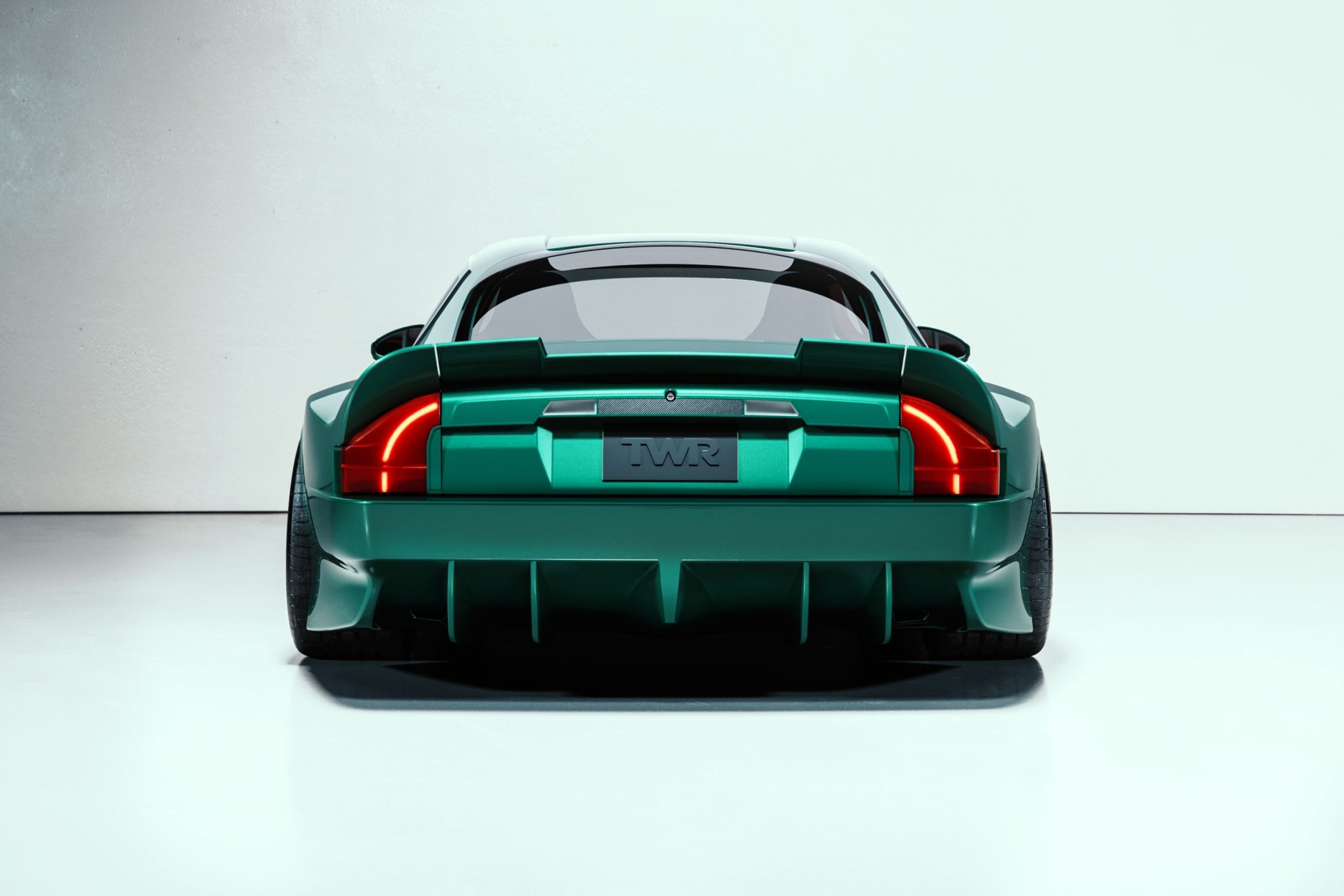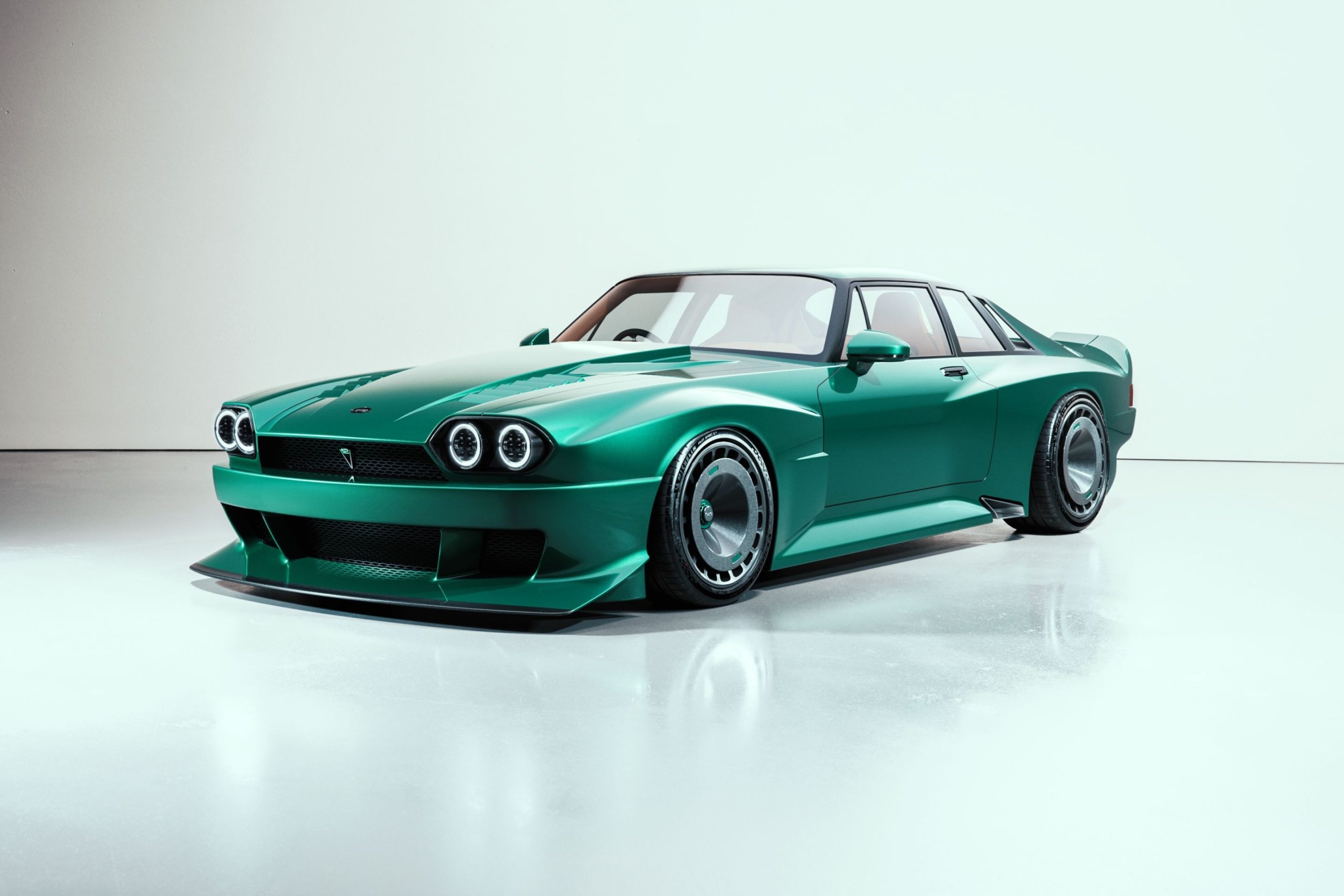The XJS, Jaguar’s luxury grand tourer, continues to evoke mixed opinions, particularly due to its departure from the iconic E-Type’s design. Introduced in 1975, the XJS represented a departure from Jaguar’s traditional aesthetic, featuring a V12 engine and styling cues from renowned designer Malcolm Sayer.
Despite challenges, the XJS achieved success, notably in racing, where it garnered recognition for its performance under Tom Walkinshaw Racing (TWR). Decades later, the legacy of the XJS lives on through the TWR Supercat, a carbon-bodied super grand tourer developed by TWR Performance.

Scheduled for a dynamic debut in 2024, the Supercat pays homage to the XJS and TWR’s racing heritage, boasting over 600 horsepower from a supercharged V12 engine. Designed by concept artist Khyzyl Saleem and Porsche enthusiast Magnus Walker, the Supercat embodies the spirit of its predecessors while offering modern performance and luxury.
Amidst this homage to the XJS, concerns arise about Jaguar’s transition to electric vehicles under Tata Motors. While the move reflects changing industry trends, it marks a significant shift for Jaguar enthusiasts accustomed to the brand’s combustion-engine heritage.

